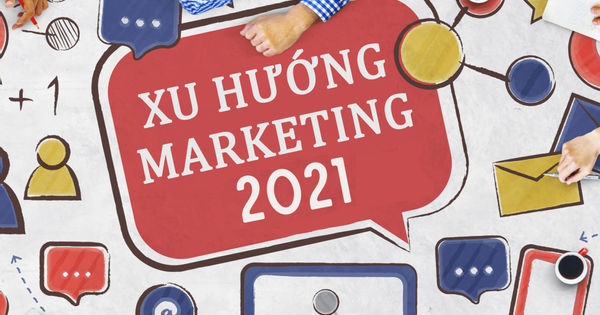The impact of the 2020 pandemic compelled numerous enterprises to curtail the budgets of various departments to sustain operational continuity. The marketing department is not exempt from this measure; however, such reductions merely offer short-term relief. Rather, they ought to contemplate sustained investment to foster growth compared to other competitors.
This article will provide prevailing trends in B2B marketing in 2021 so that businesses can adapt to the “new normal” state.
Apply customer retention to B2B marketing
Customer retention involves prioritizing sales to existing customers over acquiring new potential buyers. This approach is streamlined and more efficient, enabling businesses to concentrate on nurturing customer relationships through ongoing sales at a reduced cost, ultimately yielding greater return on investment (ROI). Such marketing endeavors have the potential to enhance customer shopping frequency and increase the volume of products sold.
In 2021, B2B marketing tends to shift its focus from attracting new customers to prioritizing customer retention, particularly when faced with budgetary constraints. Customer relationships can be enhanced through consistent communication, surveying and gathering feedback, testimonials and acknowledging customer reviews.

Enhance the quality of marketing content
As we enter 2021, it is imperative to prioritize the delivery of high-quality content to offer added value to customers beyond the products offered by your business. One effective approach is to maintain a consistent publishing schedule of posts derived from relevant keyword research and the potential to capture significant search volume. Furthermore, promoting blog articles, ebooks, and promotional videos can provide useful information and attract customers by leveraging advertisements for featured content.
Typically, customers are exposed to appealing information about businesses, predominantly through content. Consequently, content marketing emerges as a pivotal medium for lead generation. Indeed, compelling content can prompt followers to share your posts across social media, thereby extending the outreach to potential customers. Various forms of content, including quizzes, surveys,… can proactively foster interaction, thereby augmenting customer attraction.

Utilize chatbots
In the realm of web design, chatbots are a fundamental feature. With customer expectations leaning towards rapid responses to inquiries, the absence of this tool can render online operations and intricate customer interactions challenging to navigate. Programmed to align with customer behaviors, chatbots serve as 24/7 customer service representatives.
Chatbots facilitate visitor navigation on a company’s website, thereby enhancing the speed and quality of online experiences provided by businesses. Consequently, this leads to heightened levels of customer engagement, expanded business networks, and overall increased customer satisfaction.

Concentrate on nostalgia
Nostalgia marketing enables companies to establish connections between their products and services and the market. This involves evoking feelings of nostalgia or fondness for the past, which can evoke significant emotional responses when customers reminisce about their memories. Promoting positive sentiments among customers is consistently regarded as a superior marketing strategy.
Marketers can utilize this strategy by validating and leveraging cultural trends and historical events that garner public interest. Alternatively, businesses can opt to produce discontinued products or services to evoke nostalgia or youthful memories, compelling consumers to reach and purchase familiar items or experiences.
Conclusion
Marketing endeavors are inherently dynamic and subject to constant evolution, particularly in the new “normal” period of 2020 and 2021. Hence, understanding consumer behavior

